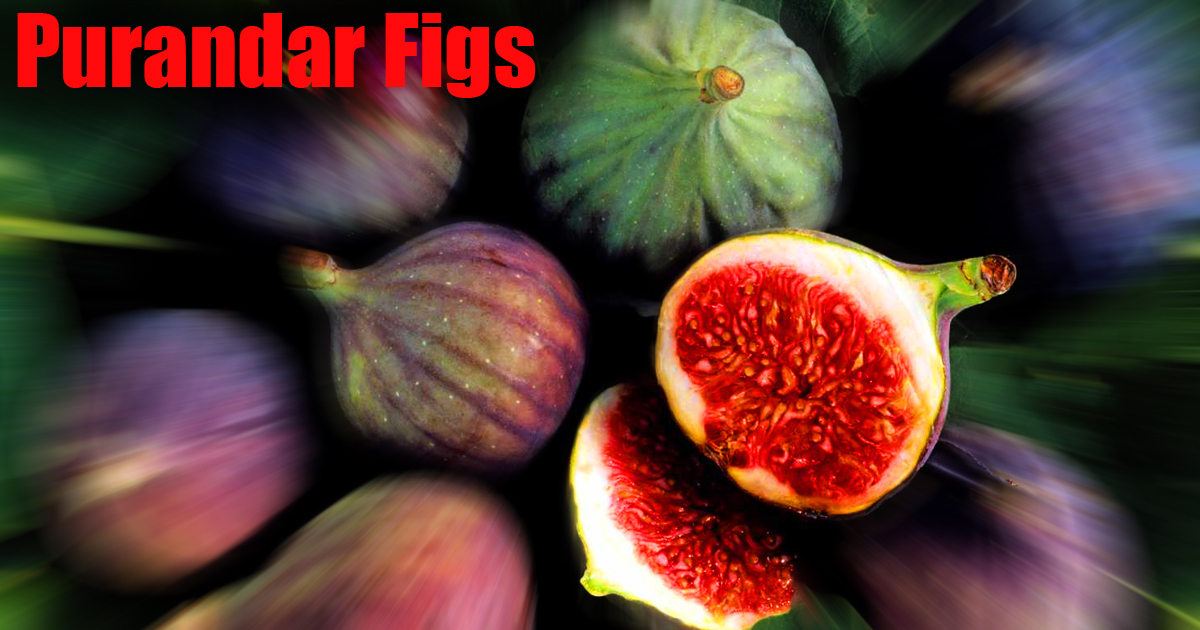
Context: According to the Press Information Bureau (PIB), the Agricultural and Processed Food Products Export Development Authority (APEDA) has facilitated the export of India’s first ready-to-drink fig juice to Poland.
- The fig juice, made from Purandar figs and produced by Purandar Highlands Farmers Producer Company Ltd., was showcased at SIAL 2023, a food and beverage exhibition held in New Delhi.
- These figs are grown in Purandar taluk in Pune district, Maharashtra, and were awarded a Geographical Indication (GI) tag in 2016.
- Distinct Features: Purandar figs are notable for their bell shape, larger size, violet skin, and over 80% pinkish-red edible pulp.
- Taste & Nutrition: They have a sweet taste and are rich in vitamins and minerals.
- Cultivation Conditions: These figs thrive on dry, hilly slopes with well-drained red and black soil.
Fig Trees
- Fig trees (Ficus carica) are native to regions such as Asiatic Turkey and northern India.
- The majority of fig production occurs in the Middle East, with India ranking 12th worldwide in fig production.
- Commercial Cultivation in India: The leading states for fig cultivation include Maharashtra, Gujarat, Uttar Pradesh (especially in areas like Lucknow and Saharanpur), Karnataka (notably in Bellary, Chitradurga, and Srirangapatna), and Tamil Nadu (particularly in Coimbatore).
Physical Properties of Fig Trees
- Fig trees are deciduous with multiple trunks and smooth gray bark, typically growing between 15 to 30 feet in height.
- The trees have large, multi-lobed, dark green leaves and produce small, inconspicuous flowers.
- The fruits, known as syconia, are edible, have a brownish-purple color, and are high in sugar content.
Growing Conditions for Figs
- Figs thrive in arid and semi-arid climates with high summer temperatures, plenty of sunlight, and moderate water. They can withstand temperatures up to 45°C.
- The fig wasp (Blastophaga) plays a crucial role in the pollination of fig trees.




